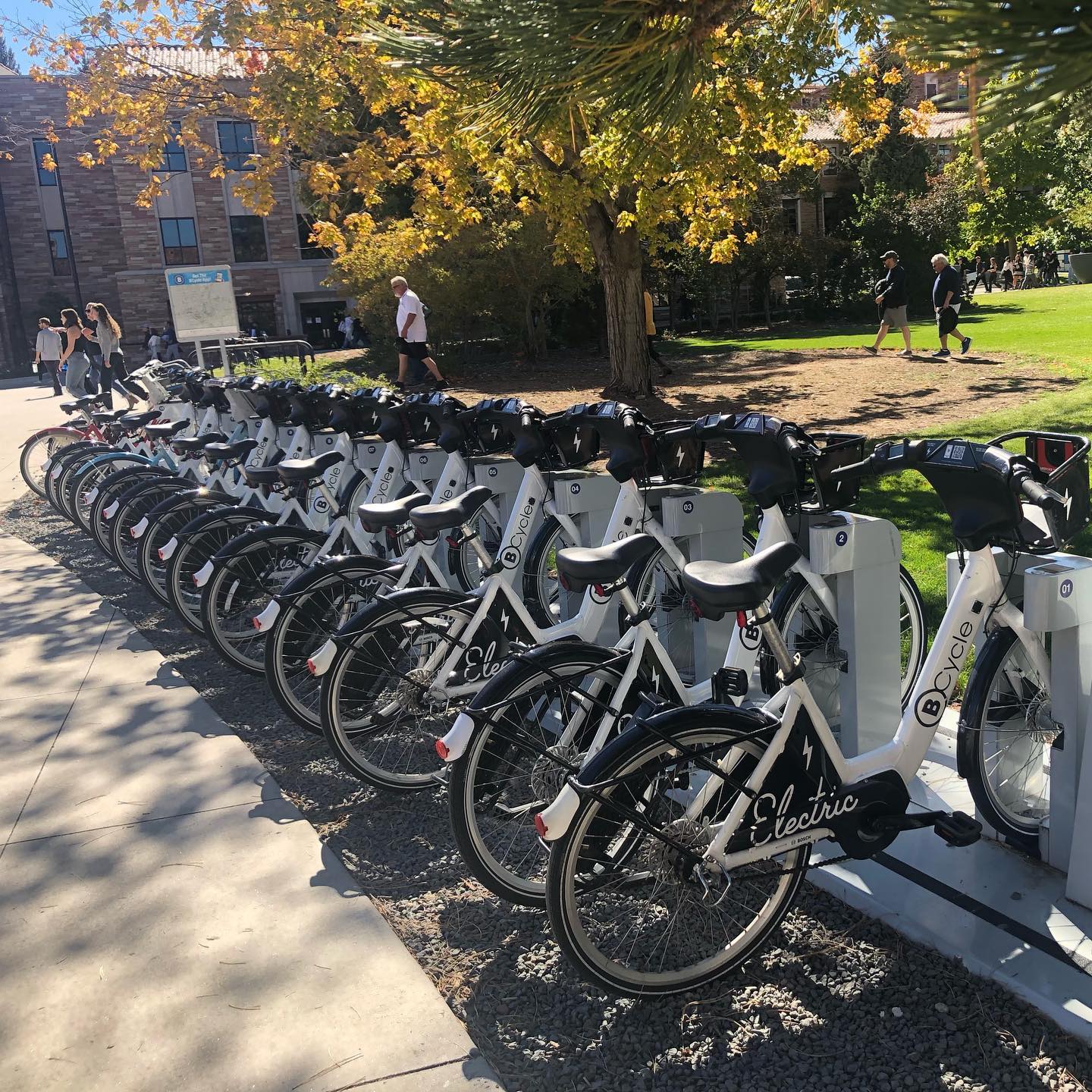

Boulder B Cycle is the ill-conceived, half-baked fad, embraced during a fleeting motivation surge and subsequently abandoned, leaving a trail of wasted resources in it’s wake.
In a place as health-conscious as Boulder, boasting arguably the best bike paths in the entire country, Boulder B Cycle could've been a shining beacon of convenience, but its pitiful performance in the face of glaringly absent public transport makes you question it’s very purpose. Having used B Cycle for my entire semester as a means of commuting to college, I can unequivocally attest to its inconvenience and unreliability. What's even more frustrating is the absence of regular, free city bikes. Based on my personal experience, out of the 8 to 10 bikes on the deck, scarcely half were ever in working order, largely due to the inadequate maintenance of the charging stations. There were instances when my bike would cease functioning after just 5 minutes of use, and reaching customer service proved to be a nightmarish ordeal.
In a place like CU Boulder, where numerous students, including myself, depend on these bikes to travel between home and campus, the supply of bikes falls woefully short. Out of the 100 students who rely on these bikes, only half of the bikes are accessible on campus, with at least one-third of them inoperable. This means that only a mere 34% of the student population can effectively utilize these bikes.
Help CU Boulder students effortlessly commute between home and campus using Boulder B Cycle, alleviating the frustrations of unreliable bikes, inadequate maintenance, and limited availability while promoting sustainable transportation choices for a healthier environment and convenient lifestyle.
Provide an intuitive and user-friendly mobile app or website with interactive maps that display the locations of available bikes and docking stations. Ensure that the maps are easy to read and navigate, making it simple for users to find and access bikes.